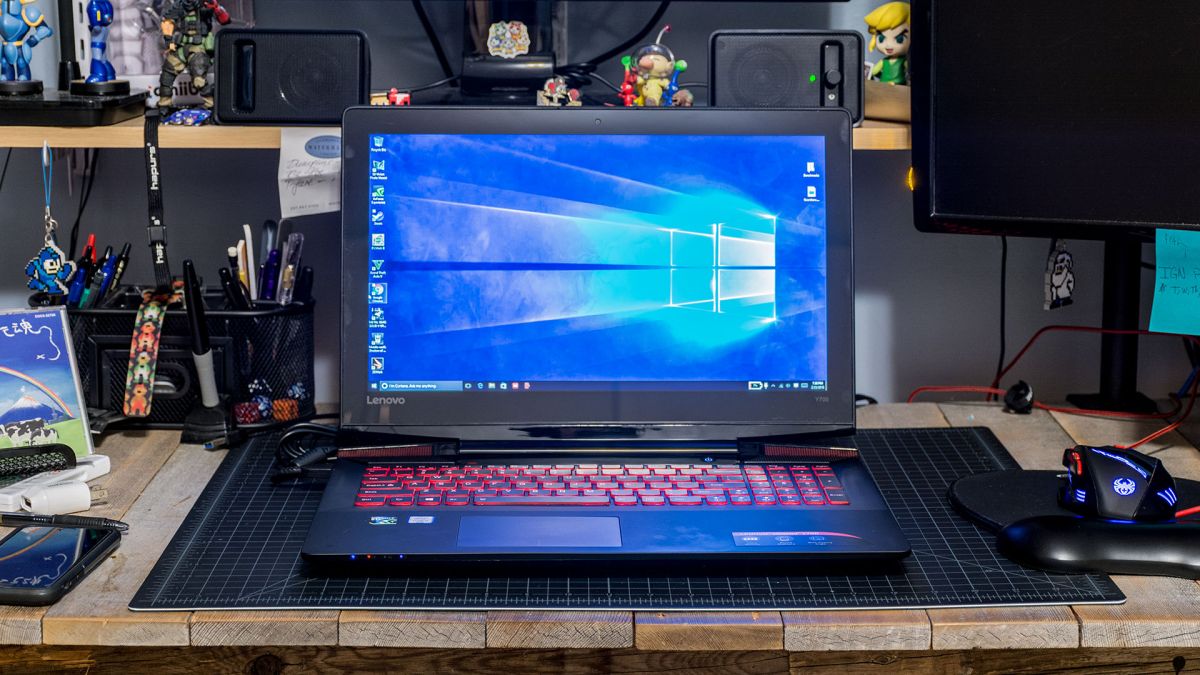
Introduction and design
Gaming laptops are a great introduction to the glorious world of PC gaming. They come pre-built, with factory options, in a portable form-factor. And as time marches on, capable gaming laptops have become less expensive and more powerful. The Lenovo Ideapad Y700 is a good place to start on the path of portable PC gaming, with strong battery life and performance and it won’t break the bank either.
While this 15-inch entry-level gaming rig won’t run games on their highest settings, the Y700 isn’t a slacker when it comes to performance. In fact, for the price, it does well, and it looks nice to boot. In fact it looks the part of a higher-end gaming laptop, especially against the low-risk aesthetics of the HP Pavilion Gaming Notebook or the Dell Inspiron 15 7000.
Where this $1,149 (£1,099, AU$2,999) machine really stands out against its peers is in performance. The Y700 has an Intel Core i7-6700HQ Processor, putting it in front of the Inspiron and on par with the Pavilion. The 16GB of RAM also puts it in the lead compared to the other machines, and the Nvidia GeForce 960M with 4GB VRAM is the same as found inside the Inspiron.
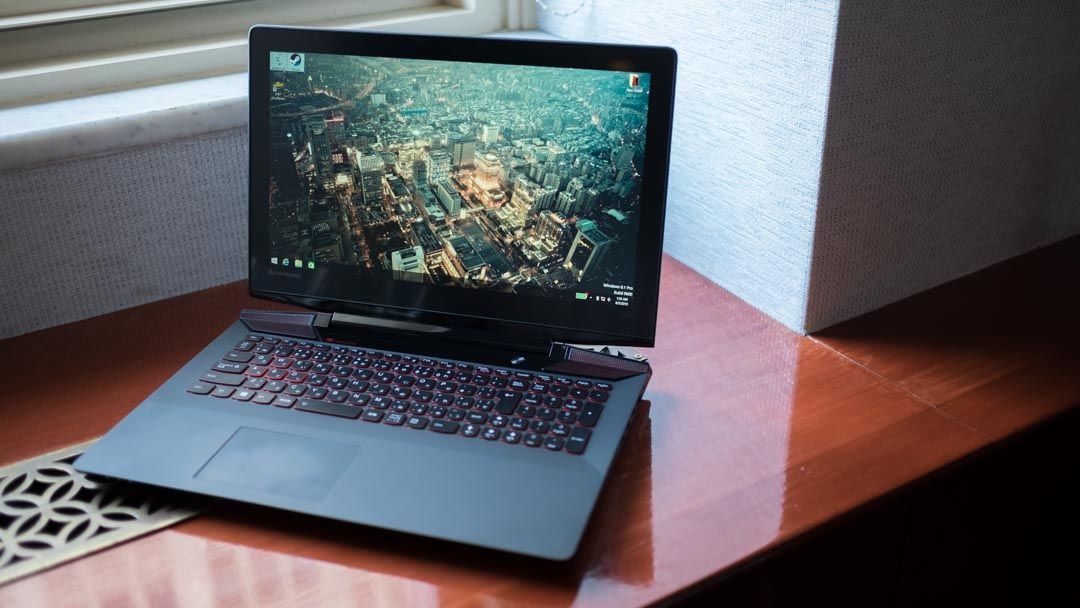
Design
The Y700 looks ready for battle. It has all the hallmarks of a modern gaming laptop: angular exhaust ports reminiscent of a stealth fighter, jet black aluminum casing with red highlights and an aggressive outline. Designed with comfort in mind, the chiclet-style, backlit keyboard and the wrist rests are covered in a hard rubber that’s soft and isn’t cold when you first put your hands on it to begin typing.
Above the keyboard is a fancy red and black honeycomb accents to again go with the fighter-jet/supercar look modern gaming laptops mostly adhere to. The bezel around the screen is substantial, but it probably has to do with the fact it’s a touchscreen. At least the black frame is seamless with the rest of the screen, so it doesn’t look chunky or out of place, but the gap between the actual screen and the edge is sizeable.
While the overall design is attractive and feels sturdy, I found it to be oddly balanced. Using the machine sitting on my lap, it felt like I was always one shift in my chair away from sending the laptop toppling backward.
The notebook’s center of gravity falls near the hinge, which I never noticed when I use the laptop on a desk or table, but it causes more than a few scares when I prop the Y700 on my lap. It’s a dangerous balance point for a machine with touch functionality, because tapping the screen tips the machine even further. I guess the lesson here is “don’t use a laptop literally.”
The anti-glare touch display looks nice and holds up well in most lighting scenarios. Even in direct sunlight, the screen is still viewable, but just barely. I never once found myself taking advantage of the touch capabilities, and it seems more like a gimmick than a necessary function.

The chiclet-style keyboard is well-spaced, fully backlit and has comfortable keys. The keys have just the right amount of travel to feel satisfying and sturdy. It feels like it will live up to some use. The trackpad also feels nice, and has multi-touch functionality to trigger Windows 10’s gesture commands.
What I found most disappointing was the trackpad buttons, which need to really be mashed to register a click. Double clicks need forceful, deliberate finger movement. It’s almost as though Lenovo wants you to give up and use the touchscreen or tap the pad itself.
The power cord for the Y700 is similarly shaped to a USB cord. The plug stays in securely, but it’s also located right next to one of the USB ports on the notebook’s left side. You can probably figure out where I’m going with this.
Nearly every time I went to plug the computer into AC power, I spent several seconds wondering why it wasn’t easily fitting into the port. After a brief moment of panic, I realized I had been trying to plug AC power into the directly-adjacent, identically-sized USB port.
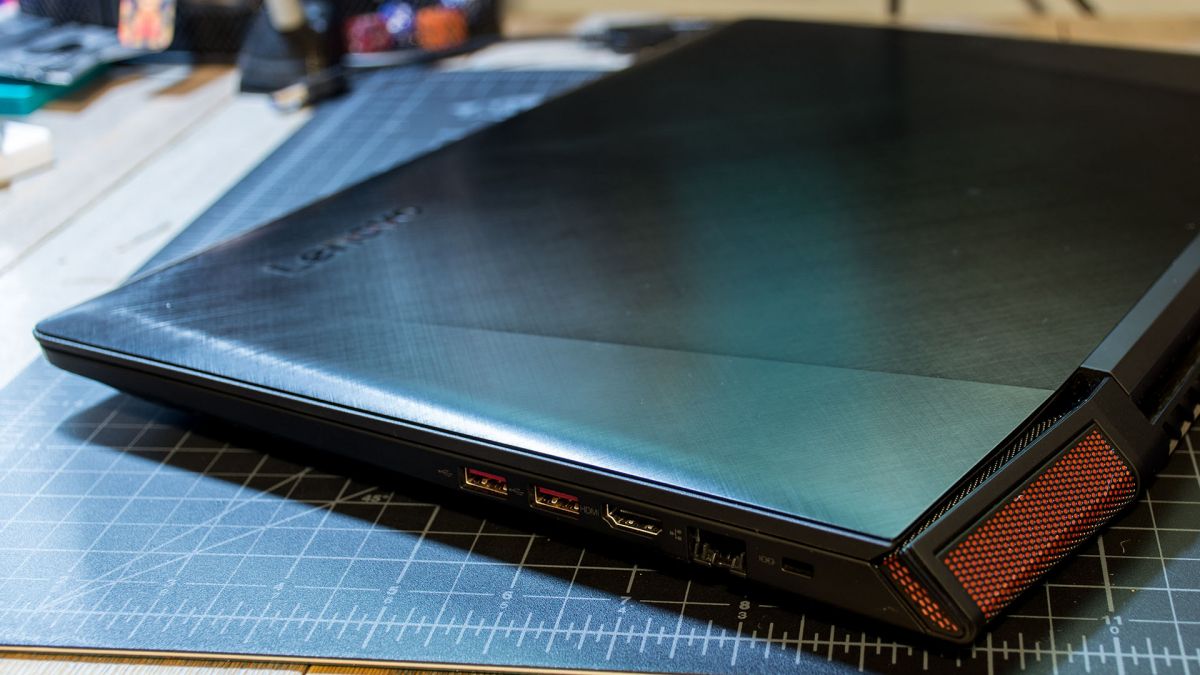
Running on empty space
There’s plenty of storage in the Y700 by way of its 1TB 5400 RPM hard drive. It also has a 128GB SSD to quickly load games, but unfortunately it’s too anemic to be of much use. The operating system takes up the bulk of the precious gigabytes, leaving little space for games to also live on the same drive and and reap the performance boost perks.
To make matters worse, the 5400 RPM hard drive slows loading times, something the HP Pavilion Gaming Laptop also suffers with. With modern games taking up so much space, there’s no choice but to install them to the slower hard drive. Personally I would rather have a larger solid-state drive than a touch screen.
Specifications and Performance
The Y700 is heavy. Weighing in at 5.72 pounds (2.62kg), it’s heavier than both the Dell Inspiron 15 7000 5.67 pounds (2.57kg) and the HP Pavilion Gaming at 5.11 pounds (2.32kg). Unlike the Pavilion, the Y700 lacks an optical drive, which would have added more to weight and thickness.
Spec sheet
Here is the Lenovo Ideapad Y700 configuration given to us for testing:
- CPU: Intel Core i7-6700HQ (2.6GHz, up to 3.5GHz, 6MB cache, 4 cores)
- Graphics: Intel HD Graphics 530 + Nvidia GeForce GTX 960M (4GB DDR3L dedicated)
- RAM: 16GB DDR4 2133MHz
- Screen: 15.6-inch FHD LED AntiGlare Backlit Multitouch (1,920 x 1,080)
- Storage: 1TB 5400 RPM, 128 GB SSD
- Ports: 2 x USB 2.0, 2 x USB 3.0, HDMI, Ethernet, headset jack, 1 multi-card reader
- Connectivity: Intel wireless AC 8260, Bluetooth 4.0
- Weight: 5.72 pounds (2.6 kgs)
- Size: 18.9 x 28.3 x 1.7 inches (482 x 720 x 46 mm; W x D x H)
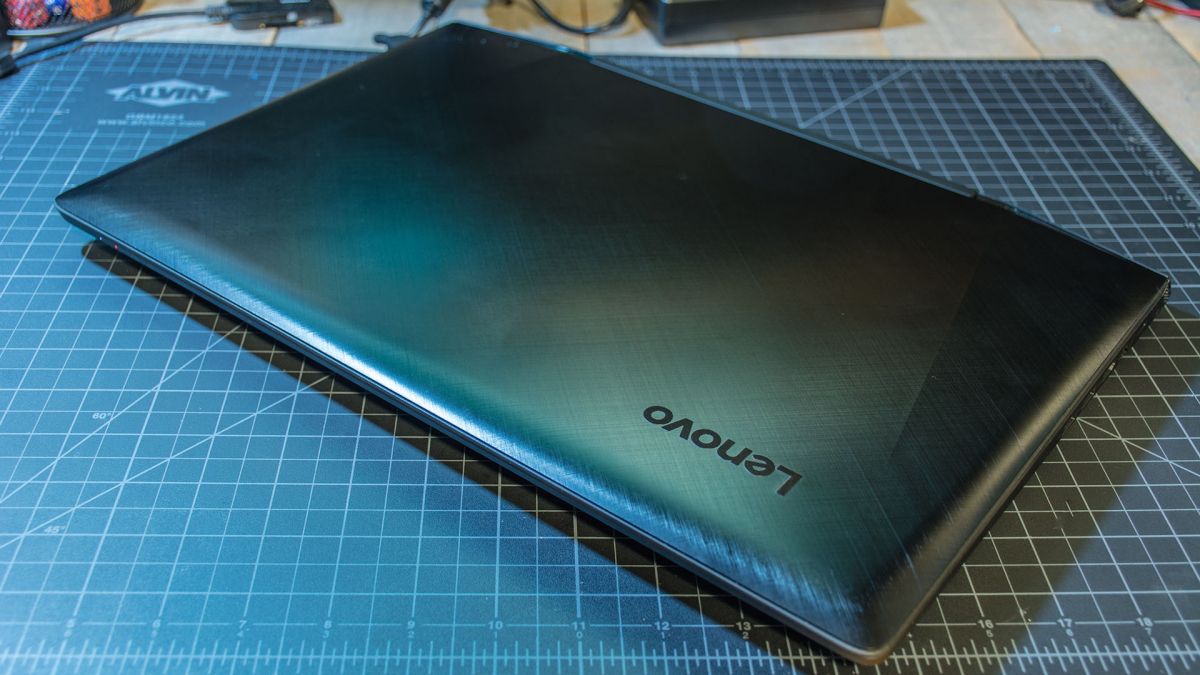
The Lenovo Ideapad Y700 features Intel’s sixth-generation i7-6700HQ Skylake processor, the same one found in the $999 (£799, AU$1,899) HP Pavilion Gaming Laptop and $899 (£749, AU$1,499) Dell Inspiron 15 7000 by a good measure.
Both the Inspiron and the Y700 have an Nvidia GeForce GTX 960M with 4GB VRAM, beating out the Pavilion’s 950M. Modern games like Metal Gear Solid V and Grand Theft Auto perform well at 50-60fps, but not at their fullest capability.
While small, the SSD does give the Y700 a nice boost over the Pavilion and the Inspiron, both of which lack flash storage. Start up is as quick as you would expect from a machine loading the OS from flash storage, but as I mentioned earlier, it’s too small to really store many games or apps.
Grand Theft Auto V, for example, comes in at 64GB and it easily eats up most of your SSD storage. Having to put huge games onto a slow HDD is a viable alternative, but holds the Y700 back.

Performance
The long load times from the slow HDD are too bad, because as far as gaming performance is concerned, the Y700 rises above its peers. Games look good and perform nicely, especially for a it’s higher than usual price tag. As far as overall performance, the combination i7, 960M, and the 16GB RAM help put it above its peers.
Benchmarks
Here’s how the Lenovo Ideapad Y700 performed in our suite of benchmark tests:
- 3DMark: Cloud Gate: 17,387; Sky Diver: 13,004; Fire Strike: 3,977
- Cinebench CPU: 677 cb; Graphics: 90.96 fps
- PCMark 8 (Home Test): 3,466 points
- PCMark 8 Battery Life: 3 hours and 35 minutes
- Geekbench 3: Single-Core Score: 3,635; Multi-Core Score: 13,435
- Middle-earth: Shadow of Mordor [1080p, Ultra]: 33 fps; [1080p, Low]: 76 fps
- Grand Theft Auto 5 [1080p, Ultra]: 13 fps; [1080p, Low]: 103 fps
When it comes to benchmarks, the Y700 beats the HP Pavilion Gaming Laptop and the Dell Inspiron 15 7000 in every test. Middle-earth: Shadow of Mordor’s results are nearly identical between the Y700 and the Inspiron, with both having the benefit of the Nvidia GTX 960M.
What’s probably the most surprising feature is the battery life, especially compared to its competition. Not only does the Y700 perform better in our benchmarking tests, its battery is much better, too. Testing the battery by running Guardians of the Galaxy on a continuous loop, the Y700 lasted an impressive 4 hours 2 minutes. The Inspiron and Pavilion both lasted an admirable, but still shorter, 3 hours.
Verdict
We liked
From performance to looks, it’s hard to beat the Lenovo Ideapad Y700. It’s inexpensive without feeling cheap, and it runs modern games at decent settings. The screen is bright and doesn’t pick up reflections, helping both games and movies look their best. Where it really shines is battery life, making it a reasonably portable gaming machine for those on-the-go.
We disliked
While it still beats the HP Pavilion Gaming Laptop and the Dell Inspiron 15 7000 by the simple fact it even has an SSD,128GB just isn’t enough room for games to benefit from the faster loading times flash storage affords. A terabyte of storage is great, but running huge games off a slower, 5400 RPM hard drive makes for some really long loading times.
Final verdict
From a strict performance standpoint, the Lenovo Ideapad Y700 rises above both the Pavilion and the Inspiron. Its design unmistakably marks it as a gaming laptop, with just enough flourish and angularity to let everyone know your computer is primarily means business.
At $1,149 (£1,099, AU$2,999), the Y700 is priced a little above the Pavilion, but you get a better battery and the benefit of an SSD. It also has twice the RAM, which helps keep things running well. For anyone looking to get into PC gaming, or for an established gamer looking for a second computer for on-the-go gaming, the Lenovo Ideapad Y700 is a good value with great battery life.
Source: techradar.com





































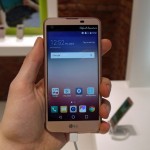




yah….its a gaming laptop…its not designed to be portable…its designed to basically replace a desktop computer…
ive made this point a number of times, especially when they review the ASUS G series and the MSI …. too heavy is always a detractor.
Why is it that every time there is a review of a gaming laptop that one of the cons is it being heavy? 6 pounds is really not that heavy.
How many people carry one around? I know I don't.
Plus its a lot lighter then carrying around a tower, monitor, keyboard and mouse.
When I go to lan parties its a lot easier to walk in with a laptop even if its 10 or 12 pounds then the 25+ with a tower and everything else.
Before flat screens came out try lugging around a tower and a 19" CRT monitor.
I don't use my laptops battery for running the system I look at it and use it as a built in UPS.
I would never again try to play a game on a laptop that is not plugged in.
Nothing worse then closing in on braking the lvl and lvling up and then having the system shut down and not save your progress.